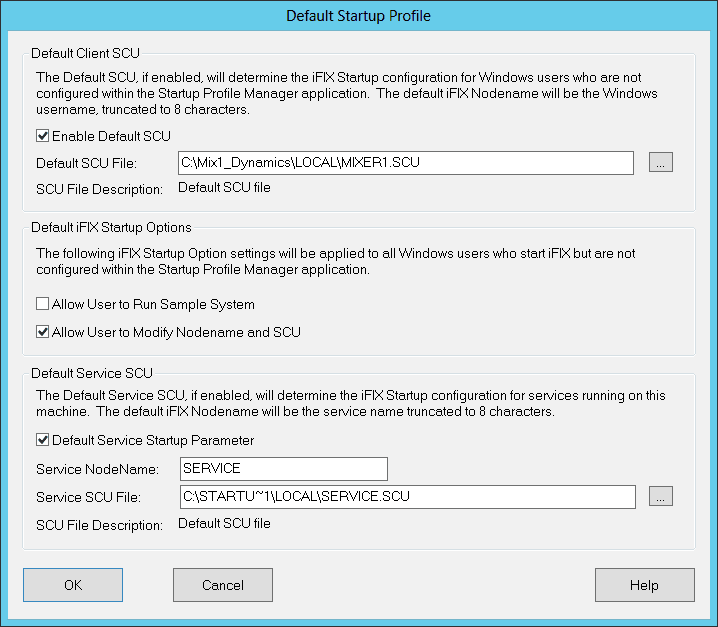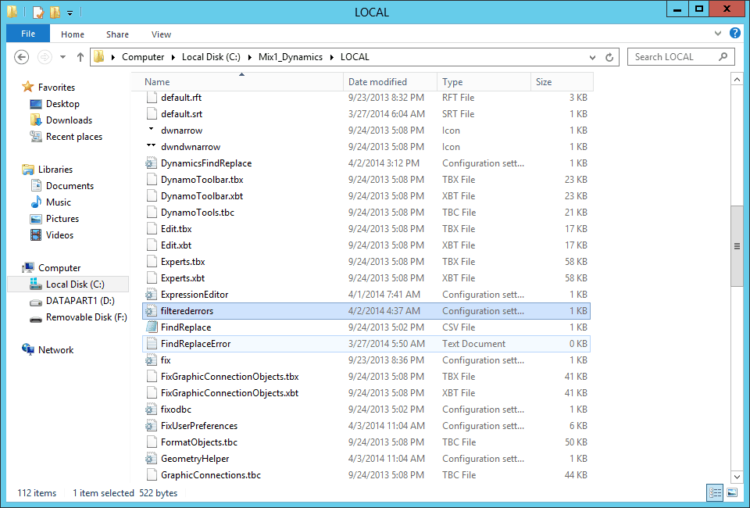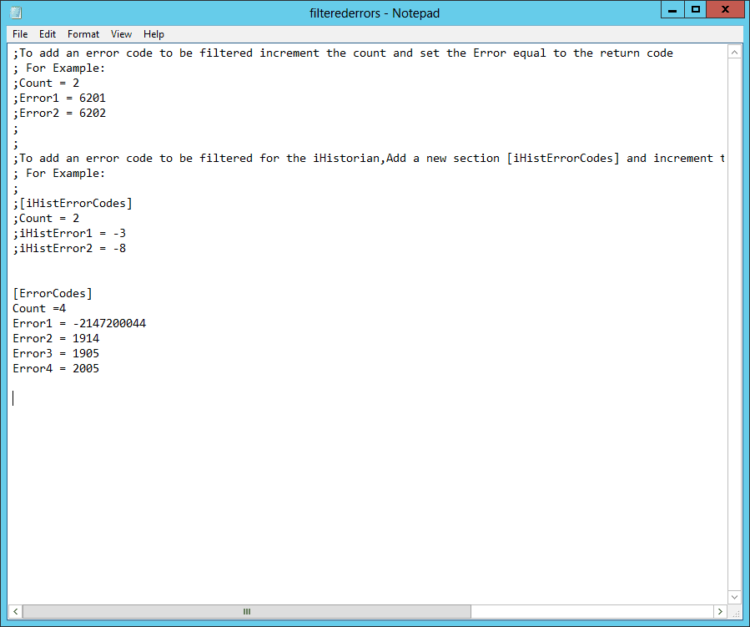If you’re looking to combine multiple stand-alone HMI’s onto the same server, you can save some time and frustration from combining graphics, attempting to separate out each stations screens, and view conditions by creating an All-In-one Terminal Server/SCADA/HMI with individual clients. This can run on a single server or be easily virtualized to run in an ESXi environment.
We found ourselves with three standalone clients which were running iFIX version 3.5. Our task was combining the three stand alone applications to one terminal server which was running iFIX version 5.8. We chose to keep their graphics separate, but have a combined tag database and security. We migrated each of the standalone applications to its own directory on the root. The help file in iFIX was also helpful, steering us in the appropriate direction for setting up components.
Pre-installation
The OS that we chose for this was Server 2012 – although, most of the documentation that we could find was for Server 2008. We setup the Terminal Server (TS)/Remote Desktop Services (RDS), including licensing components, before installing iFIX. Not to worry, if you installed iFIX prior to TS/RDS you can simply re-install iFIX once you’ve got the TS/RDS going.
Also, you should install Office, or anything else that uses VB, before you install iFIX. If not, you’ll end up with random untraceable errors. We fortunately did not wander down this path, but found many instances of others that did while searching our own installation issues.
Install iFIX
The most important thing you can do is to close the auto start program. Browse the installation CD and open the Setup.exe from the Setup folder by right clicking and selecting “Run as Administrator”. Failure to do so will most likely cause you problems down the road – services might fail to register and you’ll be left wondering what’s gone wrong.
Secondly, you must go back and re-install the OPC client. Once again browse the installation CD; Follow the path, “Setup\Proficy\OPCClientSetup” – Run the Setup.exe from here by right clicking and selecting “Run as Administrator”. Install as appropriate.
The last part of the installation is to register the OPC server as a service. running the task “opcdrv.exe /Regservice”
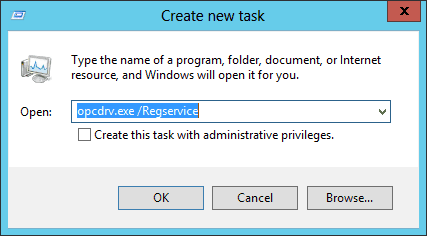
Setting up iFIX "Service" SCU
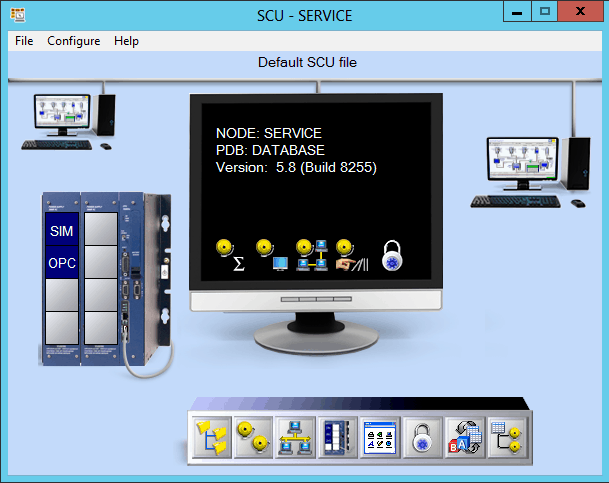
Create a new SCU and open it up – we named ours “Service.” This is going to be the meat of the “services” that will be running. In this, we set up the SCADA node, SIM, and OPC drivers, and point it to the database we use (it’s ok if you haven’t set up a database yet, this can be done much later).
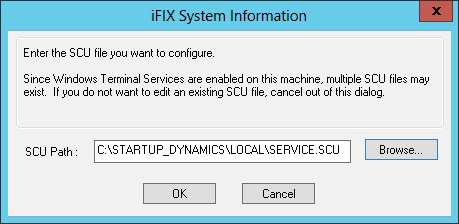
Enable SCADA and add the appropriate drivers.
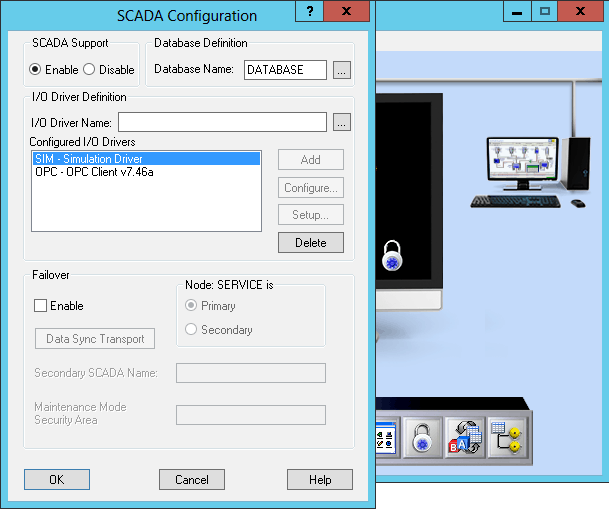
You’re going to want to change the project path – we left the default base and language. This project path is the path that you’re going to use to store the SCU (under the local folder) when you change the path; go ahead and let it create the default files in the directory.
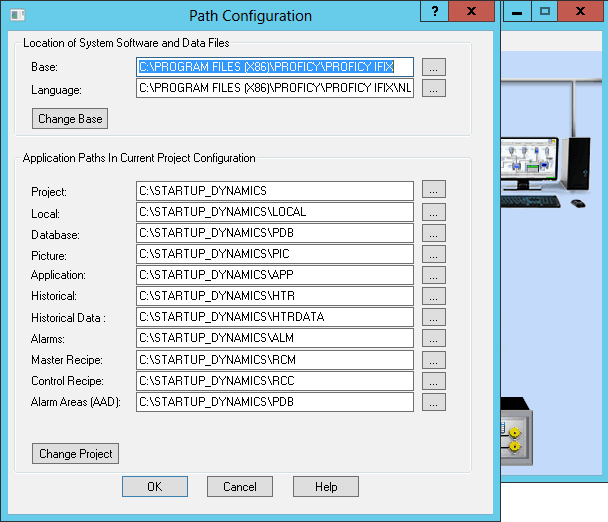
Network configuration is set to TCP/IP.
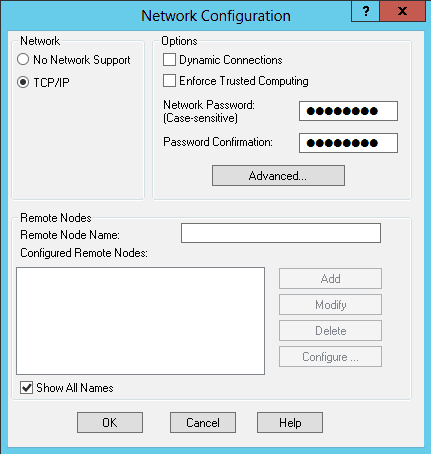
Under “advanced,” you’re going to want to check the “Inactivity” box and set it to 300 – this will keep any rogue clients disconnected. Also, you will want to disable any paths that show in the list that are not going to be part of the HMI network.
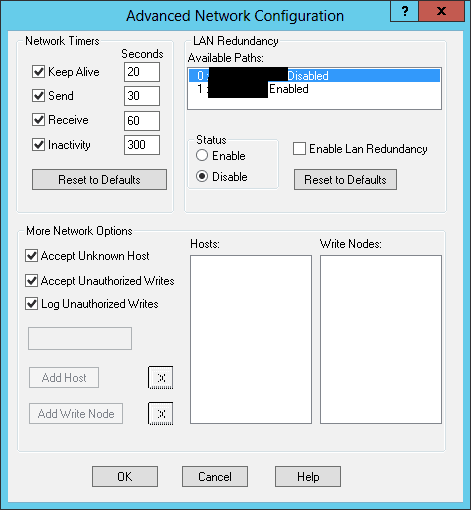
While we were at it, we went ahead and set the HOSTS file up so that the IP address for the HMI network pointed to SERVICE (the name of my service SCU node).
Tasks – the tasks we have running are: “IOCNTRL.EXE” with the /a command line WSACTASK.EXE, SUMQDEL.EXE with the -D05:00 -F30:00 command line, and iFIXBACKGROUNDSERVER.EXE. These are all running as background services.
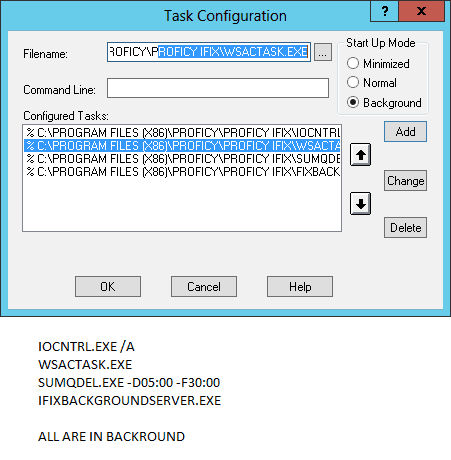
Set the local startup definitions and local logical name to SERVICE and point the startup configuration file to the correct location where this SCU is saved. You also want to check the box for “Start iFIX at system boot.”
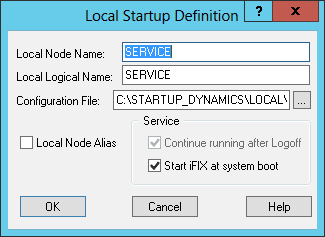
Setting up Client Users
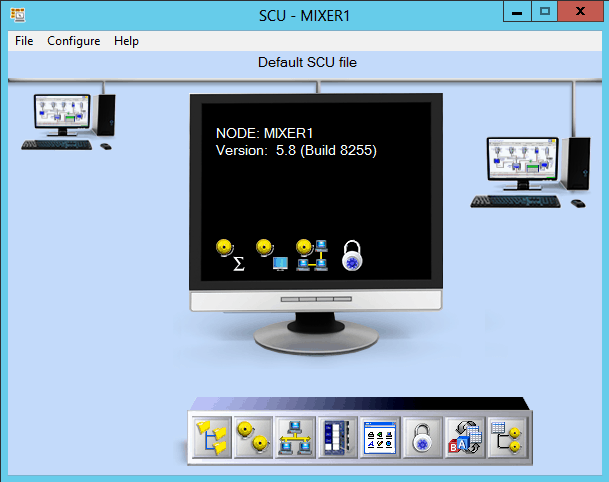
Create a new SCU and place it in the LOCAL folder for this project (ours is Mix1). Under configuration, you’re going to disable SCADA support – In terminal services you can’t run a SCU as a SCADA – except for the service SCU.
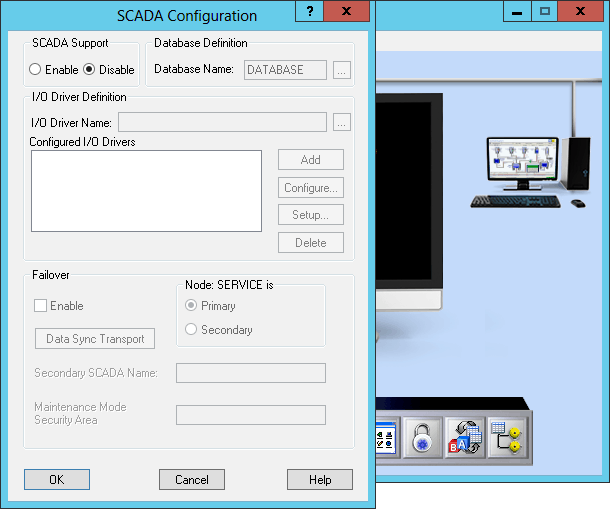
The second most important thing you can do is to be sure to set up the project path while logged in as the default user that will be using this TS/RDS node. When the project path is set, you click the “Change Project” button and say yes to creating the default files. If you don’t have that user logged in/created already, it will not be added to the permissions for those files. Later on when you go to run the client, you’ll get messages saying it can’t open forms and other popups.
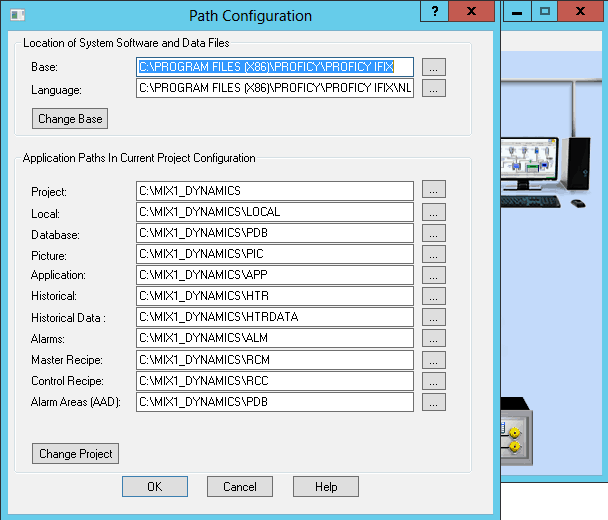
Once again under the network configuration, you’re going to use TCP/IP and disable the other paths under advanced configuration. On this SCU you’re going to point to the SERVICE SCU – this is where the alarms, tags, and security are being run. You most likely will have to go back into the local startup and change the name so that you can add SERVICE as a remote node name.
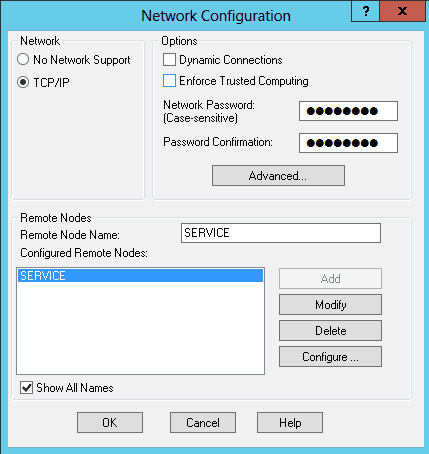
On this node, you’ll also want to go into the advanced properties and disable any additional paths that are not on your HMI network.
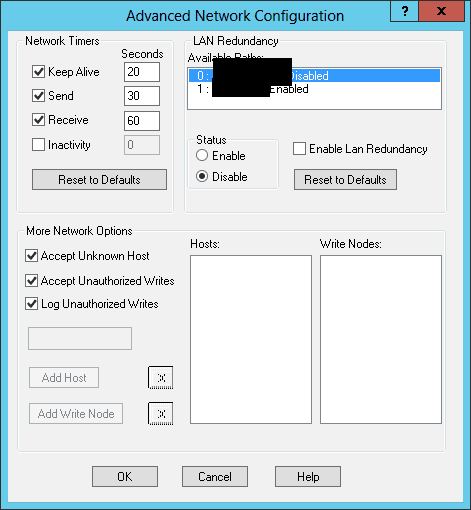
The services we have running are FIXBACKGROUNDSERVER.EXE as a background service and WORKSPACE.EXE as normal startup.
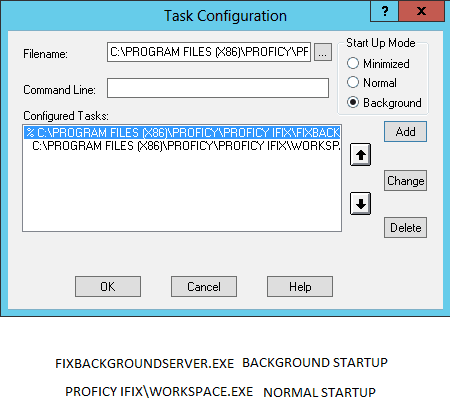
Startup Profiles
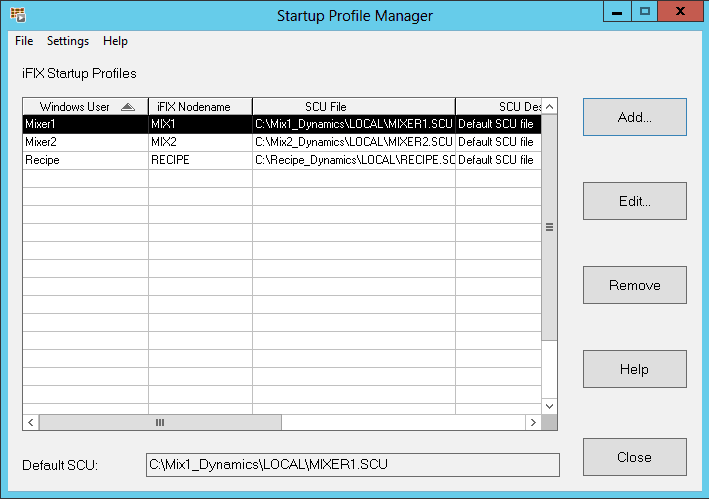
Under the startup profile manager, you add the name of the windows user, the node that it will be, and the location of the SCU associated with this user. My thin client stations auto-login as a specific user and use iFIX security to manage desktop access.
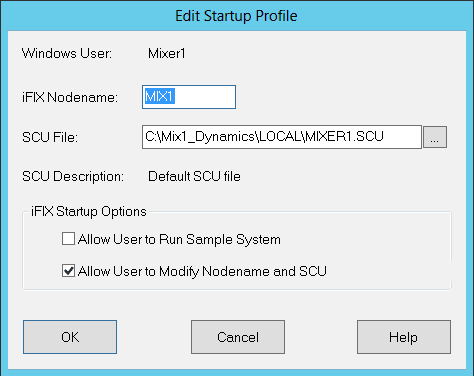
Open the options and be sure to check the box “Startup Profiles defined in this application override iFIX Startup command line parameters.”
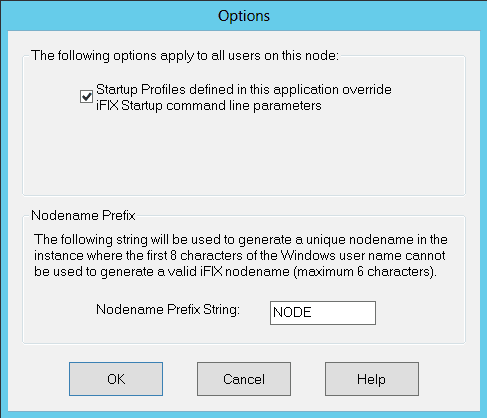
Setting iFIX to start automatically
On the desktop is a startup wizard – sort of. You put in the name of the node that the user will be logging in as (in our case “mixer1”) and the location of the SCU.
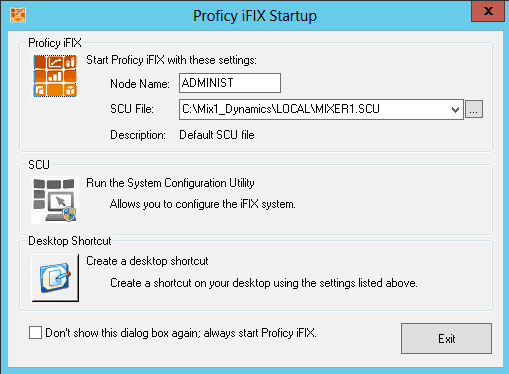
Create a desktop shortcut, then put this in the startup folder for that user. This auto starts iFIX when that user logs in.
- If you’re using 2012 like us – get to the startup folder by using the run command, “shell:startup”.
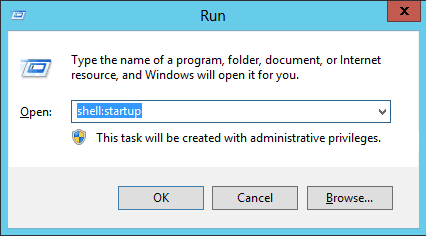
We combined all the databases for our project into one database. All of the I/O drivers used should be installed before importing into the database. If not, you will get errors that will show in the PDB directory under a file called “importerrors”. Don’t forget to run the OPC Power Tool and combine the different servers into one location for the service SCU.
To finish the setup for the migrated graphics, you’ll need to do a find-and-replace to change the reference path. We changed ours from “Fix32.MIX1.MIXERTAG.F_CV” to “Fix32.SERVICE.MIXERTAG.F_CV”. The new database connection changed from MIX1 to SERVICE in the upgrade. There is a bulk replace tool that can be downloaded from the website. If/when your mouse pointer begins disappearing or showing strange icons in the windows session, go to the mouse properties window and disable shadow.
For more information or assistance, contact a Cross team member today. Our experts have years of experience implementing solutions to improve efficiency in a range of applications and can help your team set up an iFIX 5.8 ALL-IN-1 Terminal Server/SCADA/HMI Node.

